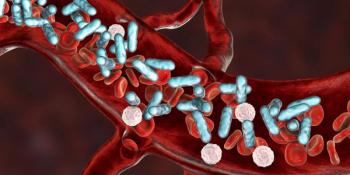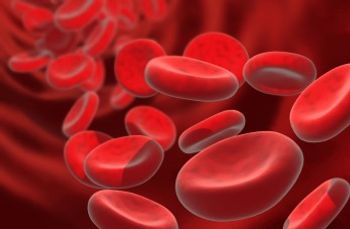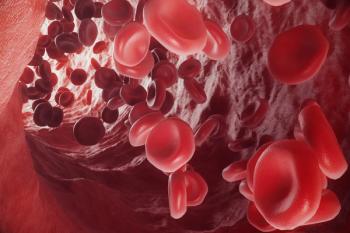
Oncology NEWS International
- Oncology NEWS International Vol 15 No 1
- Volume 15
- Issue 1
FDA Launches 7 Initiatives With European Drug Regulators
Cancer drug regulators at the FDA and the European Medicines Agency (EMEA) have agreed to seven programs aimed at providing each agency with a better understanding of the basis of the scientific advice the other offers, as well as optimizing product development and avoiding unnecessary duplication. The seven initiatives resulted from an agreement finalized on Sept. 16, 2005, between the FDA, EMEA, and the European Commission, the executive body of the European Union.
ROCKVILLE, MarylandCancer drug regulators at the FDA and the European Medicines Agency (EMEA) have agreed to seven programs aimed at providing each agency with a better understanding of the basis of the scientific advice the other offers, as well as optimizing product development and avoiding unnecessary duplication. The seven initiatives resulted from an agreement finalized on Sept. 16, 2005, between the FDA, EMEA, and the European Commission, the executive body of the European Union. "There are differences between the United States and the European Union regarding aspects of drug development, drug regulation, and medical practice," Richard Pazdur, MD, director of FDA's Office of Oncology Drug Products (OODP), said at a recent meeting of the Oncologic Drugs Advisory Committee (ODAC). "The programs are designed to provide transparency and an understanding of each agency's viewpoint regarding drug regulation. These programs are not intended to mandate unanimity of regulatory decisions."
EMEA coordinates the evaluation and supervision of medicinal products for 27 nationsthe 25 members of the European Union, Norway, and Iceland. As part of the new international agreement, FDA's OODP will routinely share its special protocol assessments with EMEA. In return, the European agency will provide FDA with the letters of scientific advice that it sends to sponsors of oncologic products regarding protocol and drug development plans. EMEA is currently in the process of implementing what it calls "conditional approval," a process similar to FDA's accelerated approval procedure but one that will limit the marketing of a drug to one year and require sponsors to reapply to keep a drug with conditional approval on the market (see ONI December 2005, page 8).
The advent of conditional approval in the EMEA warrants a greater dialogue between the two regulatory agencies, Dr. Pazdur said. Therefore, OOPD will routinely forward to EMEA the minutes of meetings with sponsors that involve accelerated approval, design issues, and postmarketing commitments. In turn, EMEA will provide similar records to FDA about discussions with sponsors on their conditional approval program.
"We feel this interaction is important because many of our phase IV commitments have been performed either partially or fully outside of the United States with significant accrual from EU countries," Dr. Pazdur said. "The adoption of an accelerated approval program by the EU may impact this future accrual."
In the other five programs:
- EMEA and FDA will share their current thinking with each other about guidances that provide advice on endpoints and other regulatory considerations.
- The two agencies will hold monthly teleconferences to discuss pending regulatory decisions, basis for approval, and clinical and nonclinical reviews.
- The agencies will share and discuss with each other any requests for early stoppage of clinical trials or any significant changes in statistical analysis plans previously agreed upon with sponsors.
- FDA and EMEA will encourage the attendance of their appropriate personnel at each other's key regulatory meetings, including the FDA's ODAC meetings and the EMEA's scientific advice meetings.
- OODP and EMEA have committed to collaborate with oncology professional societies in efforts to develop educational programming reflecting current regulatory thinking.
Articles in this issue
almost 20 years ago
FDA Approves Nexavar for Use in Advanced Kidney Canceralmost 20 years ago
Avastin Benefits Metastatic Breast Canceralmost 20 years ago
Amgen to Acquire Abgenixalmost 20 years ago
Better Prognosis for ‘Elsewhere' Local Breast Ca Recurrencesalmost 20 years ago
Herceptin/Taxotere Ups DFS in Early HER2+ Breast Caalmost 20 years ago
NIH 2006 Budget Is Likely to Be Lower Than in 2005almost 20 years ago
Amooranin, a Plant Compound, Shows Potential as Cancer Treatmentalmost 20 years ago
Lessons From Ongoing Clinical Experience With MammoSite Breast BrachytherapyNewsletter
Stay up to date on recent advances in the multidisciplinary approach to cancer.


















































































